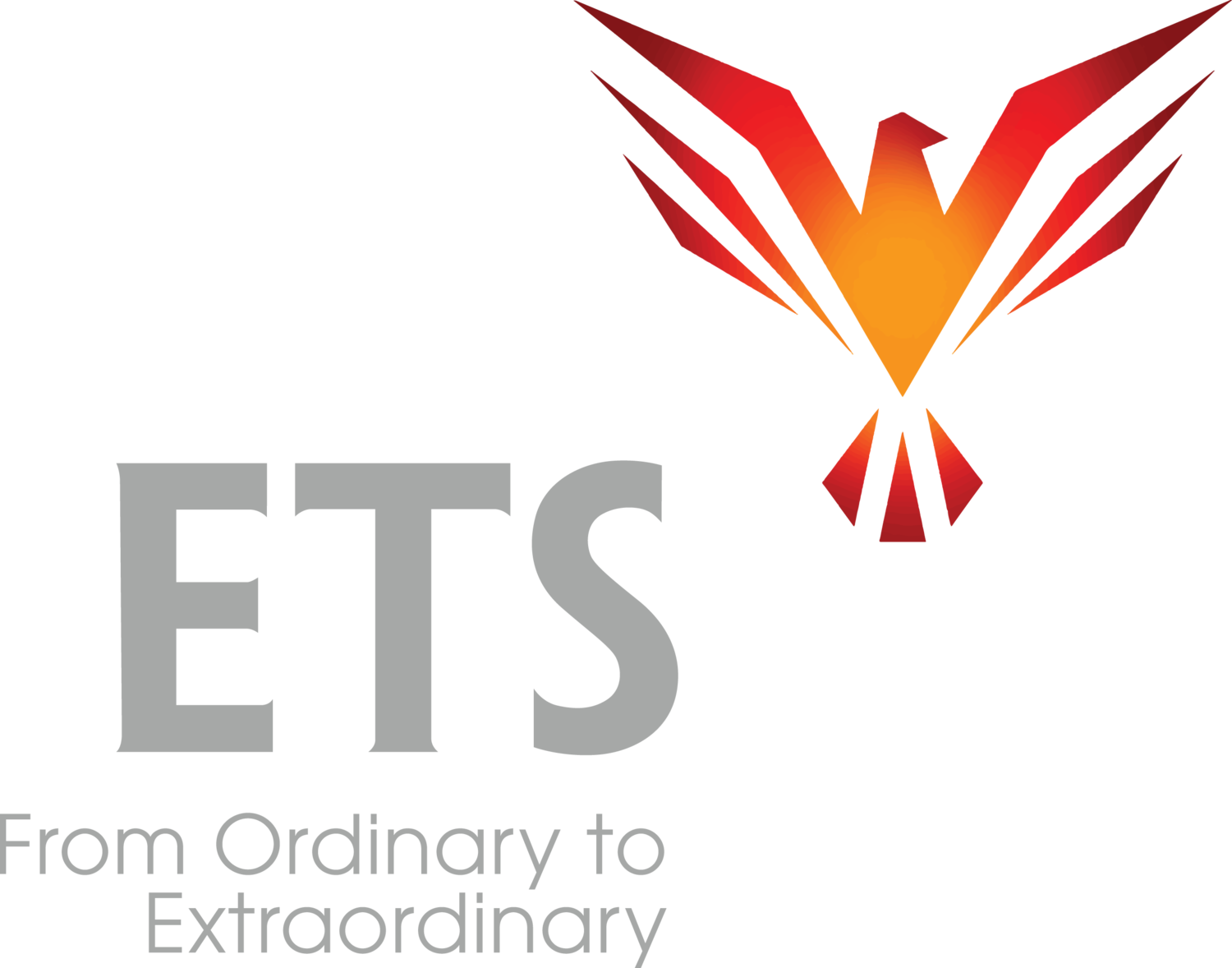Lucy very happily wrote me, “The skills I gained in this workshop help me be mortified in the meetings I run ….”
Mortified? Mortified means horrified.
How is this a good thing?
You’ll see in just a few moments, first a little background about Lucy…
Lucy needs a lot of cooperation from the cross-functional teams her team relies on. What Lucy used to do in her meetings was present what she needed them to do, along with her deadline. She presented her plans with conviction and even command.
Truthfully, she was a little forceful. She didn’t have much affinity for the people in the meeting. She didn’t dislike them, she just didn’t have that warm feeling. So Lucy came across a little cold.
Then she would ask, “Are there any questions? Are we all on board?”
Crickets. Dead silence.
Lucy was a little relieved there were no objections. Then she would say, “Okay, moving on…” And go to the next item on the agenda.
When she arrived at the Causative Communication workshop, Lucy’s big issue was the lack of follow-through from others after her meetings.
Lucy said, “No one says anything in the meetings. When I ask if there are any questions, no one has any. No one disagrees. But then they don’t DO it. And then I follow up … and follow up … and follow up. And a lot of times, they STILL don’t do it.”
It turns out Lucy was terrified in the meetings.
She was terrified that they would object to her plans, and she had no idea how to handle it if they did.
She had no idea how to even listen to it.
Whenever they did voice any concerns, Lucy felt attacked.
Lucy was resisting ALL incoming communication and didn’t realize that her resistance was projecting through in her tone of voice and all of her body language. She didn’t realize that she was actually STOPPING productive conversations from happening.
Lucy especially didn’t realize that complete silence means either complete lack of interest or disagreement. Or that those listening could be thinking the strangest things about you.
Silence is welcome on long road trips when you simply want to look out the window. But not in collaborative meetings where you want support, commitment and follow-through.
In the workshop, Lucy learned how to be fearless. Fear exists in the absence of skills. When Lucy’s fear was gone, her resistance to others evaporated.
Now Lucy WANTS to know. After she outlines what needs to be done, the questions Lucy now asks include, “What are your thoughts about that?” or, “What concerns does that raise for you?” or, “What issues should we talk about regarding implementation?” or, “How does that fit with your thoughts about what’s needed?” or, “What barriers might you run into with this deadline?”
You get the idea.
Lucy has learned how to face concerns other people have. She stopped seeing them as attacks and objections, and now sees them as legitimate points of view. They’re ideas to weave into her own, to unite with hers. They’re problems she can help solve.
Also, Lucy is still very direct. But, instead of being cold and forceful, she is warm and purposeful. BIG difference.
And, as a result, there’s a BIG change in the reaction and response she’s getting from everyone in her meetings.
Lucy now INVITES participation. And she gets a lot of it.
Lucy’s getting REAL collaboration. REAL support, genuine commitment, and strong follow-through. The world has really warmed up to her.
She just sent me an email full of laughter and wrote:
“The skills I gained in this workshop help me be mortified in the meeting and suss out (discover) problems, rather than feeling complacent in the meeting, mortified by the follow up, then dropping the issue entirely.”
Face it now. Or face it later
When you have the skills to face it now, you never have to face it later. Later it may be ugly. And out of your control.
Now you can create a transformation.
Be the cause!

